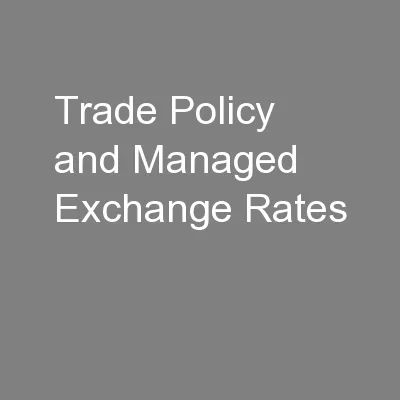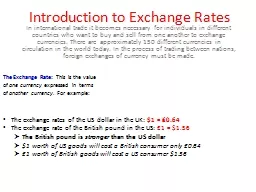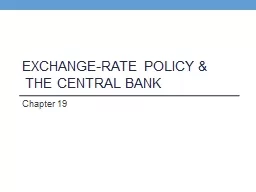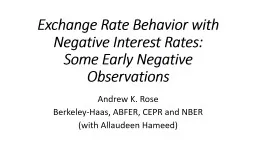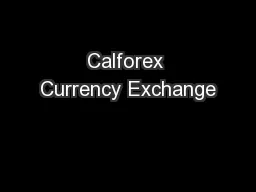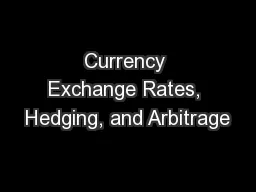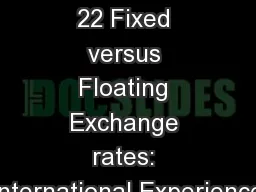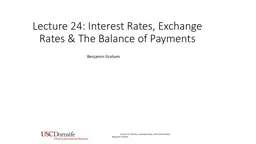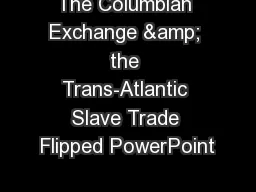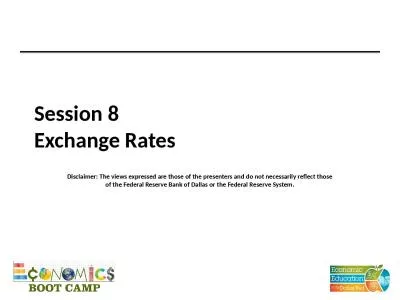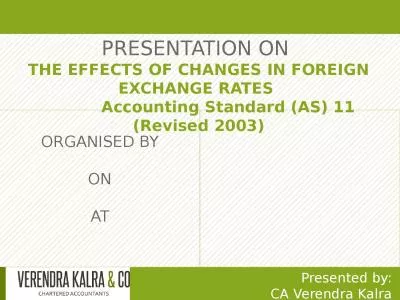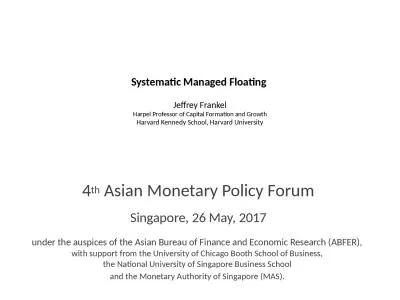PPT-Trade Policy and Managed Exchange Rates
Author : ellena-manuel | Published Date : 2016-03-20
Trade policy is one of the most politicallyloaded topics in economics Tariffs and other trade barriers can help domestic industries but also increase prices for
Presentation Embed Code
Download Presentation
Download Presentation The PPT/PDF document "Trade Policy and Managed Exchange Rates" is the property of its rightful owner. Permission is granted to download and print the materials on this website for personal, non-commercial use only, and to display it on your personal computer provided you do not modify the materials and that you retain all copyright notices contained in the materials. By downloading content from our website, you accept the terms of this agreement.
Trade Policy and Managed Exchange Rates: Transcript
Download Rules Of Document
"Trade Policy and Managed Exchange Rates"The content belongs to its owner. You may download and print it for personal use, without modification, and keep all copyright notices. By downloading, you agree to these terms.
Related Documents

